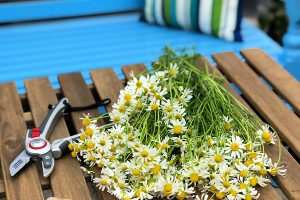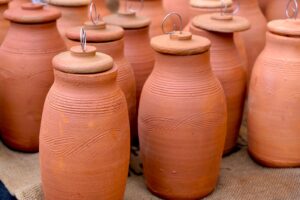
Airborne fungal spores land on buds to infest newly-emerging leaves in spring. The fungus feeds on the young leaves and affects their development so that they become distorted. The smaller leaf size makes them less efficient at making food for the plant and in its weakened state, the flowers and fruit fall off. Trees may recover sufficiently to make a second flush of growth and these leaves are usually unaffected by the fungus. Fungus survives on fallen leaves and branches to re-infect next season’s buds.
Symptoms

Distorted and puckered peach tree leaves, which may have a bronzed or reddish colour. Flowers and fruit may fall prematurely and death of the tree may eventually result.
Find it on
peach, nectarine, apricot and almond trees
Organic
Remove any infected leaves as soon as they are seen, together with flowers and fruit. Clear up infected, fallen leaves around trees. Cover fence or wall-trained trees with polythene sheet in January and February to prevent development of fungus. Alternatively, erect an open-sided ‘tent’ over bushes in the open garden. Mulch around the base of trees with garden compost to maintain general health, and water well in dry summer weather. Avoid over-feeding with nitrogen fertiliser.


































